Every morning in Everton, Missouri, brothers Amos and Kenneth Kropf let the chickens out of their barns within three hours of sunrise. On a sunny June day, the hens are restless, and it sounds like an agitated mob of seagulls has gathered inside. When three long doors slide up, they emerge like New Yorkers angling to exit a crowded subway car.
“They were just dying to let out,” Amos says, laughing. Within minutes, they’ve spread out past the rocky apron that surrounds the barn onto a grassy, shaded pasture, where they peck, dig, and chatter enthusiastically.
It’s the kind of active, happy-hen scene consumers might imagine when buying eggs from a small, local producer at a farmers’ market, except that 5,000 birds live in this barn, and another 5,000 are housed in another nearby. Soon, the Kropfs will begin construction on a much larger barn that will house 20,000 chickens. And when a truck comes to pick up the eggs, it’s not going to a local market but to a processing plant dubbed “Egg Central Station,” where the eggs will be washed, dried, sorted by weight, and packaged as part of a batch of about a million Vital Farms eggs that day.
The Kropfs are one example of growers who are producing pasture-raised eggs as part of Vital Farms’ network of about 130 farms spread out across an area of the United States that allows for year-round outdoor access. It stretches from Georgia and Kansas east to west and from Southern Illinois to Northern Texas north to south.
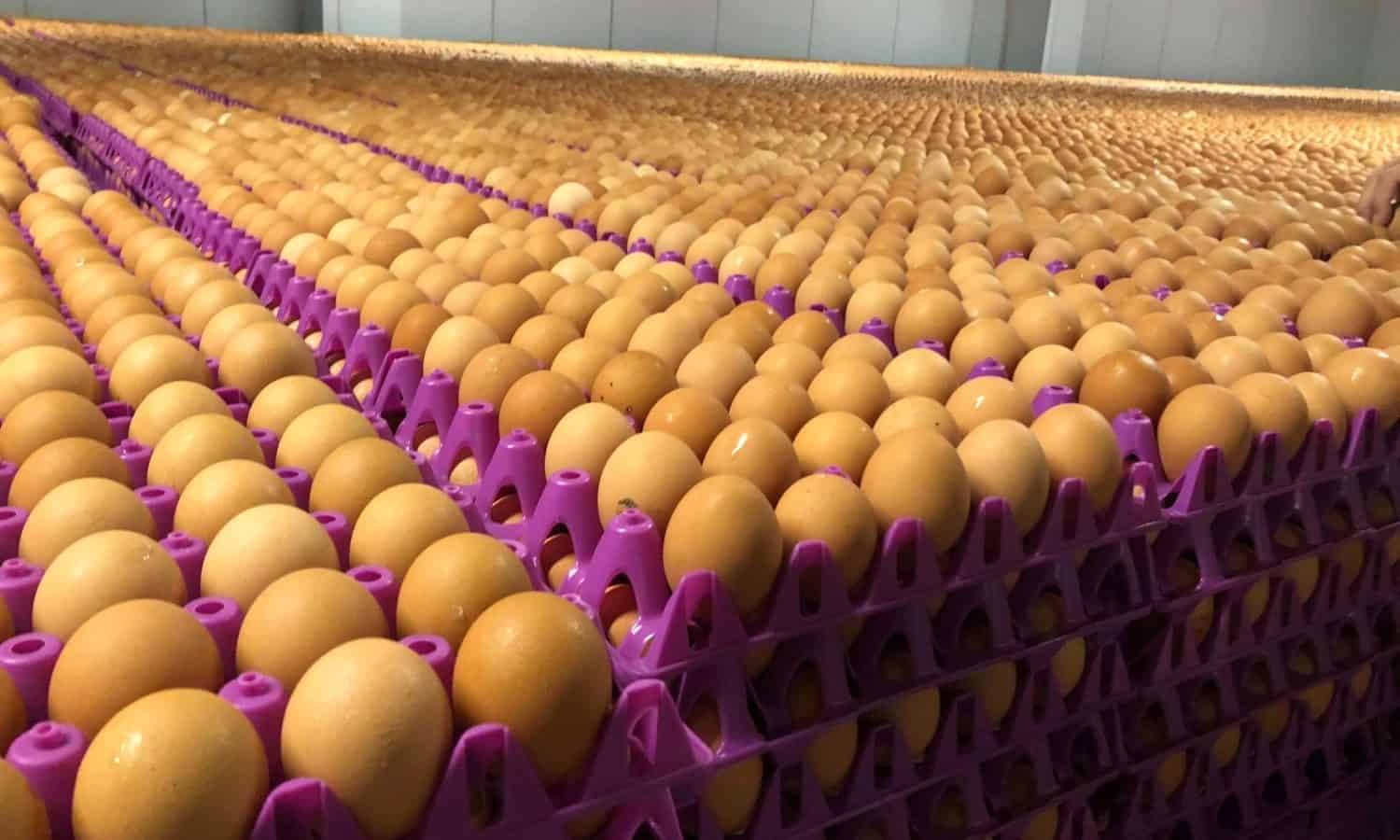
At a time when consumers looking for more ethical, environmentally-conscious eggs are disillusioned with the promises of cage-free production, Vital Farms has emerged as an alternative. Its eggs are now sold in 10,000 grocery stores across the country. A competitor, Handsome Brook Farm, has a similar model and is also now expanding across the country at a rapid rate. (It was taken over by new ownership after a few rocky years involving multiple lawsuits, one of which Vital Farms initiated.)
“Cage-free is possibly one of the most misleading terms in the egg aisle because people do believe that cage-free hens have some sort of outdoor access or outdoor life,” says Vital Farms brand communications director Dan Brooks, while cradling a clucking chicken. “When you have an opportunity to educate people and inform them, an increasing number of people want to buy the better product. People are invested in finding out where their food comes from and supporting farm systems that reflect their own values, and pasture-raising does that.”
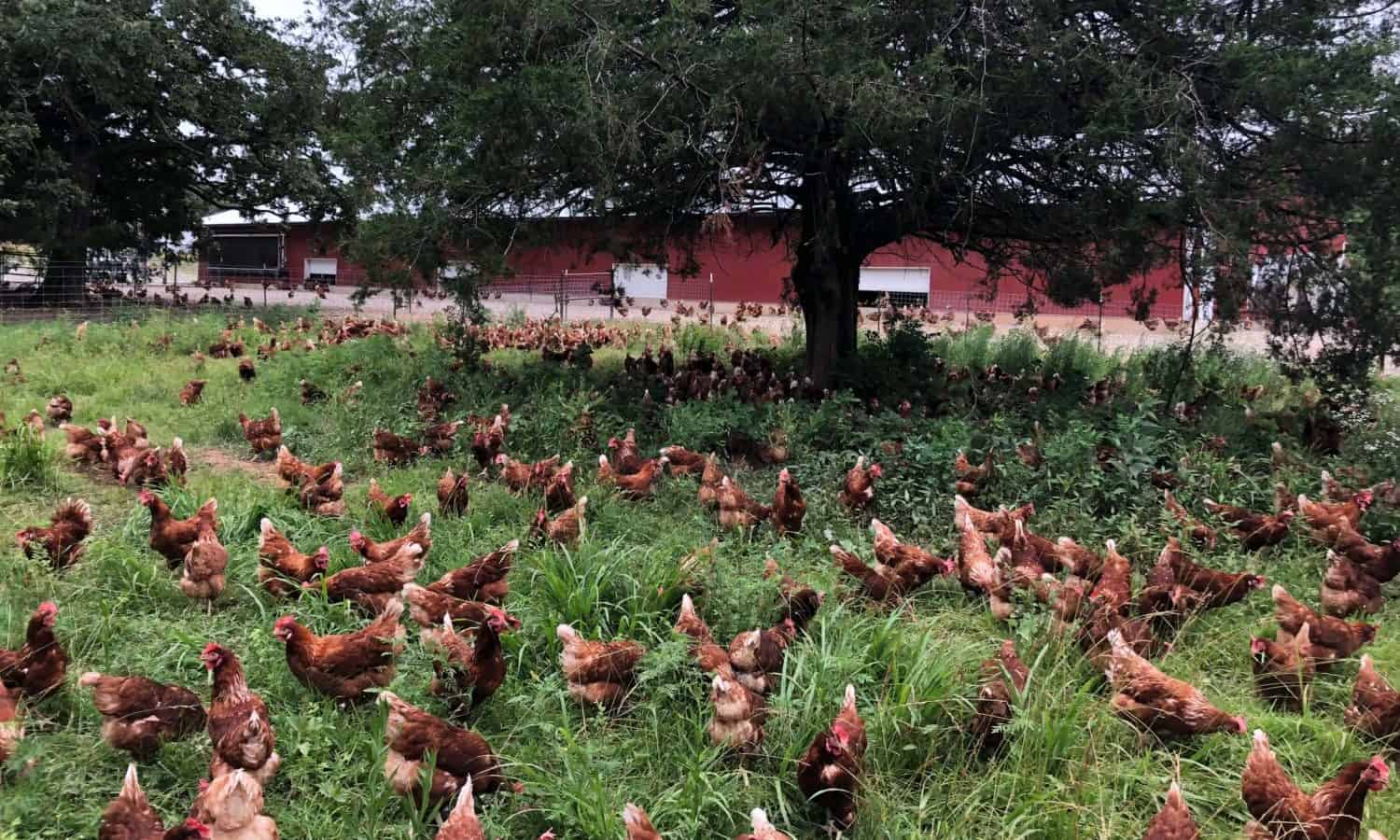
The question is: Can pasture-raised egg production be scaled up while maintaining the integrity of the system? When aggregation, scale, and shareholders are involved, is it possible to maintain commitments to prioritizing the welfare of consumers, animals, farmers, and the environment?
A Tough Term to Crack
When one tries to decode the terms on egg carton labels, everything gets scrambled pretty quickly. The U.S. Department of Agriculture (USDA) certified organic means the hens are eating organic feed, but it says very little about their living conditions (even though the standard is supposed to allow for outdoor access). Cage-free designates they’re not kept in individual cages, but they can be packed hundreds of thousands into a barn without outdoor access. Free-range isn’t regulated at all, so they might have a little more access to the outdoors, or they might not.
Pasture-raised is also largely unregulated. Vital Farms’ system involves a barn with large doors that allow plenty of room for chickens to wander in and out. Outside, grassy, shaded pastures are divided into sections with fencing, and farmers open and close pastures to rotate the birds to the next section as they eat away at the forage. Each bird is allotted 108 square feet total (although they don’t have access to all of that space at one time). To further verify their pasture standards, Vital Farms’ eggs are Certified Humane, which means a certifying agency holds the company to a strict set of standards that include specific requirements related to the design of the pasture and treatment of the animals.
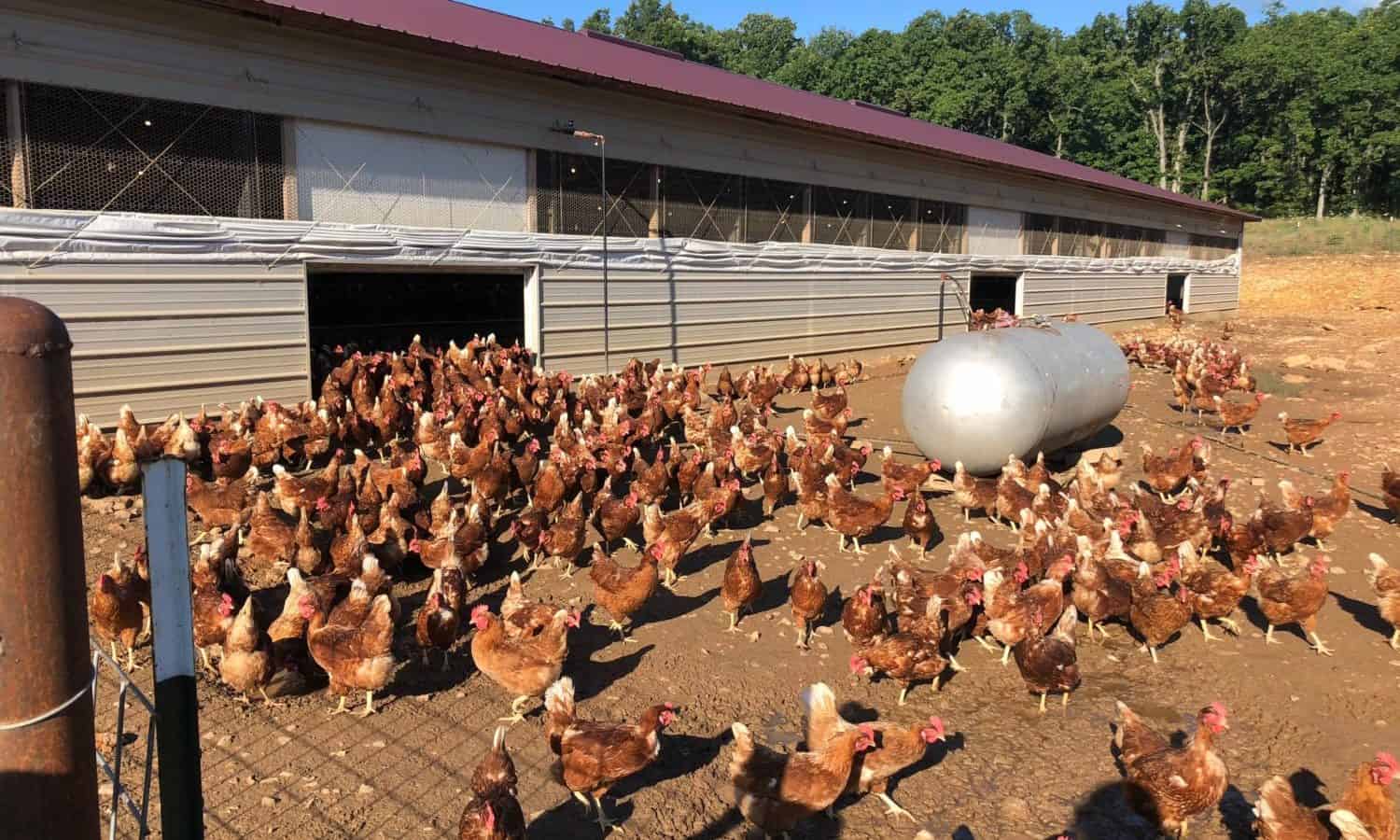
However, check Cornucopia Institute’s renowned Organic Egg Scorecard, and when it comes to outdoor access, the system Vital Farms and Handsome Brook uses is rated as “Enhanced Outdoor Access” instead of “Truly Pastured.” Cornucopia co-founder Mark Kastel explains that’s because the organization reserves the latter designation for operations like Joel Salatin’s famous Polyface Farms, in which mobile coops are rotated on pasture, often following livestock. Those are typically used in smaller operations.
Still, Vital Farms is just shy of getting a top 5-egg rating, and Kastel (who has met with their ownership and visited several farms) says they’re an example of a large operation that’s sticking to what organic was supposed to be, unlike many of the other USDA-certified, factory-style operations. “We think Vital Farms and others like them are true to the values that organic consumers think they’re getting,” he says.
But here’s where it gets even more complicated. The Cornucopia Institute only rates certified organic eggs, so when he talks about Vital Farms, he’s referring to the company’s organic line.
The company also has two non-organic lines: one in which chickens are fed a conventional corn and soybean meal mix and another in which they’re fed a non-GMO version. (Laying hens can only get a certain percentage of the nutrients they need via foraging, so their feed is generally supplemented in some way.)
For consumers who are opting for pasture-raised eggs because they see them as having a smaller environmental impact, they might feel duped by the fact that those hens are being fed industrial, GMO corn and soy that has been treated with pesticides. For Vital Farms, though, the decision to give consumers options is about being able to offer various price points, since the cost of feed is one of the most significant costs involved in egg production.
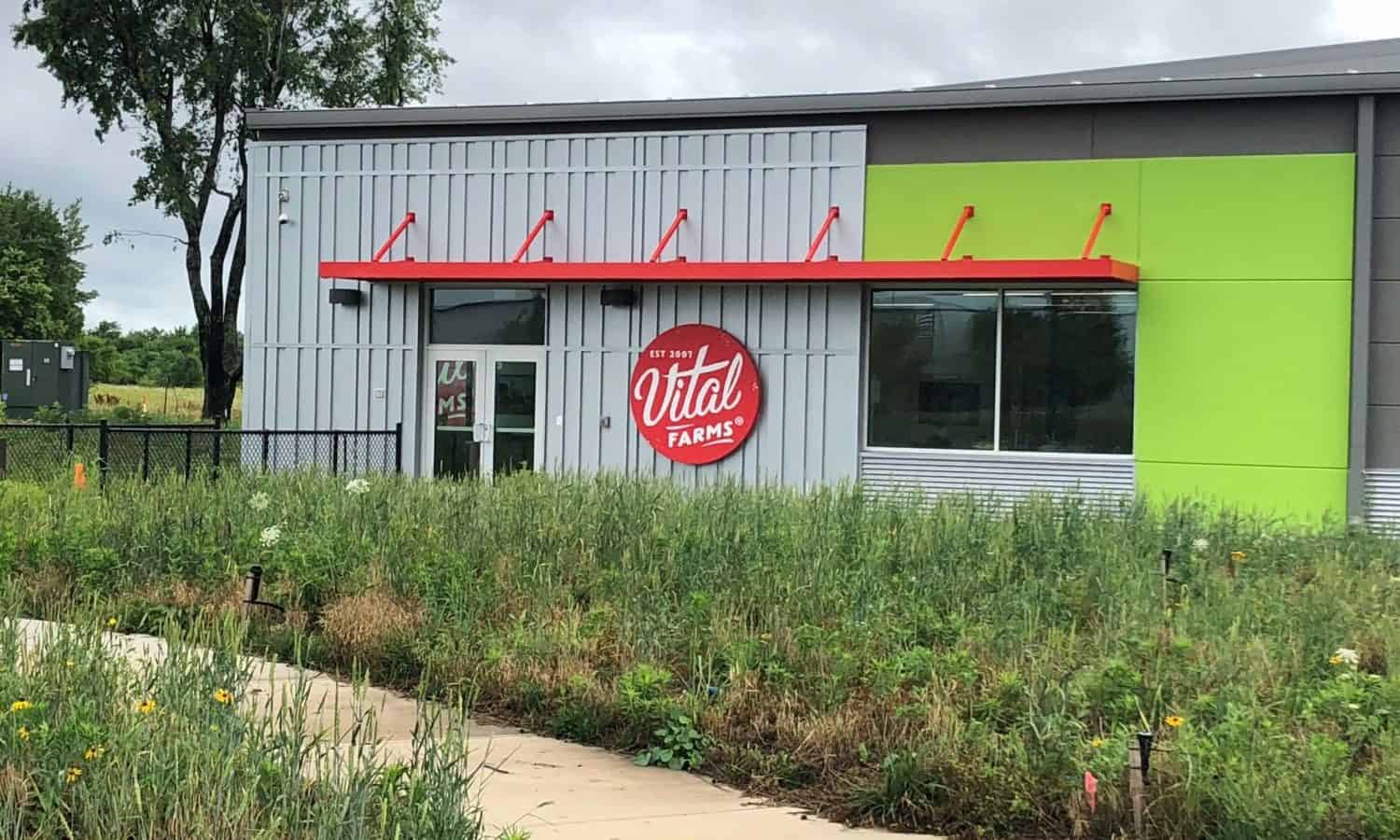
Why Pasture-Raised?
Variations in exact models aside, Vital Farms and others in the industry tout numerous benefits to pasture-raised egg production that extend beyond animal welfare.
Studies have shown, for example, that eggs from chickens that forage outside on pasture are often higher in important nutrients like vitamin E and omega-3 fatty acids. While that research was done on hens eating forage only (so the addition of feed could change the results), nutrient testing done by Mother Earth News backs up that data. Eggs from outdoor hens might also be higher in vitamin D, thanks to the extra sunlight. For flavor seekers, the eggs also tend to taste a lot better than others available at the grocery store.
And what about the farmers? Brooks says growers like the Kropf brothers own their farms and flocks, which allows them to retain control of their operations. They enter into contracts to sell to Vital Farms, and then a representative from the company calls for weekly check-ins and visits once a month to check in on the operation and offer support for growers.
While it may sound hokey, it also seemed like the farmers were enjoying their work in a way they might not be if they were managing hundreds of thousands of agitated birds cramped in a smelly barn. Kenneth said at one point, for example, that when the brothers travel, the chickens are less productive because they sense their keepers’ absence, even if hired help carries out the exact same tasks.
“Farming in this way requires a more holistic understanding of agriculture…it’s not a turnkey operation,” Brooks says, which could be more challenging, but also rewarding. “You’re a steward for the animals and you’re a steward for the land in a way that you simply are not in a cage-free operation.”
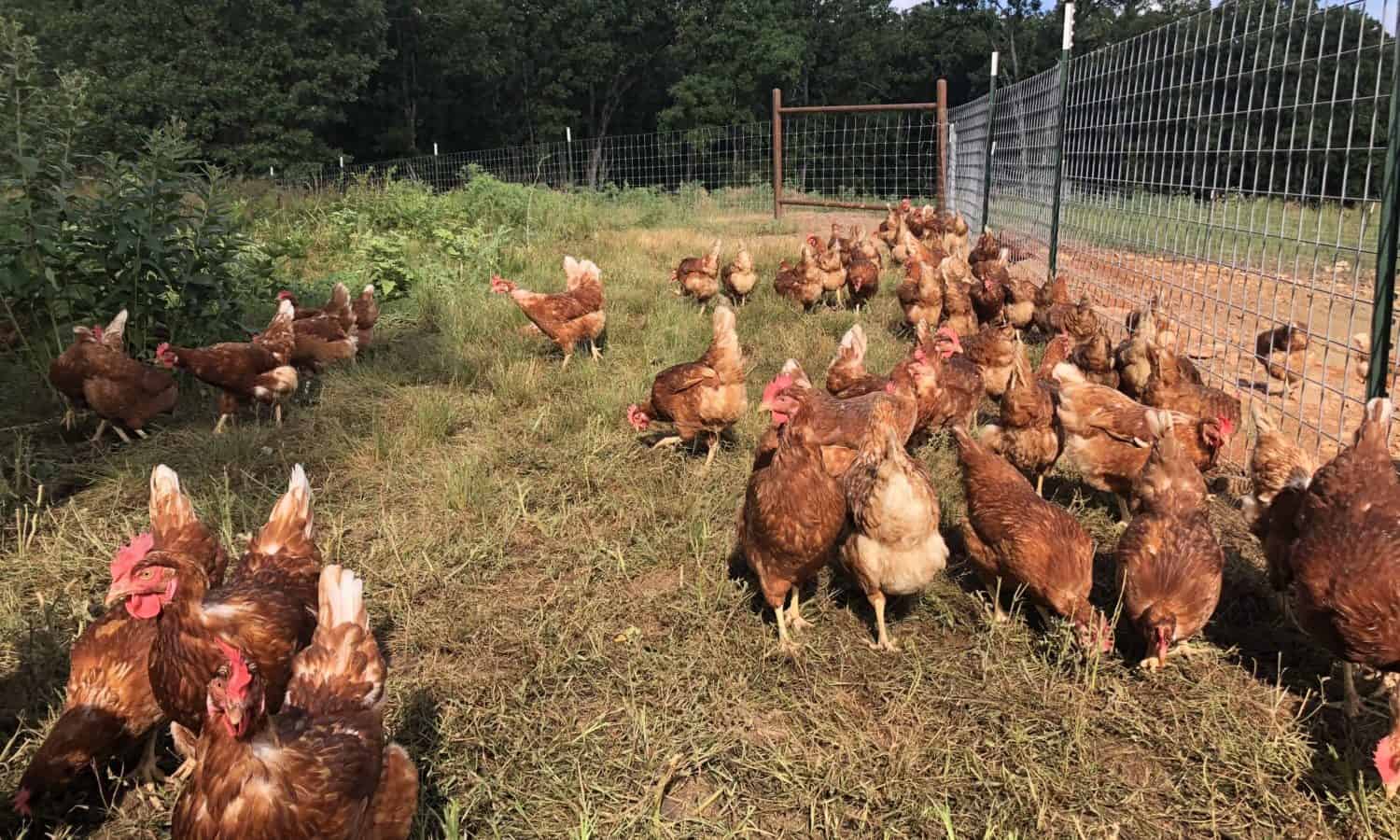
Eggs Across America
Of course, there are plenty of farmers all over the US raising laying hens this way and selling the eggs at local markets. Brooks points out that the vast majority of Americans don’t shop at (or don’t have access to) farmers markets.
“It’s important to scale a system like this because we want to give as many people as possible access to quality eggs,” he says.
Even at Cornucopia Institute, where the mission is to advocate for “family-scale farming,” Kastel says size is not necessarily an issue. “We like to say that the issues we’re involved in are not about corporate scale, they’re about corporate ethics,” he says.
In other words, if the company and its competitors can continue to support small and medium-sized farms that follow their standards in terms of caring for the animals and environment while growing, scale can be a good thing.
One thing is for sure: Like the chickens bumping into each other coming out of the barn racing towards the pasture to peck and scratch and try their luck at flying over fences (a skill they’re surprisingly adept at), Vital Farms is not slowing down anytime soon.











